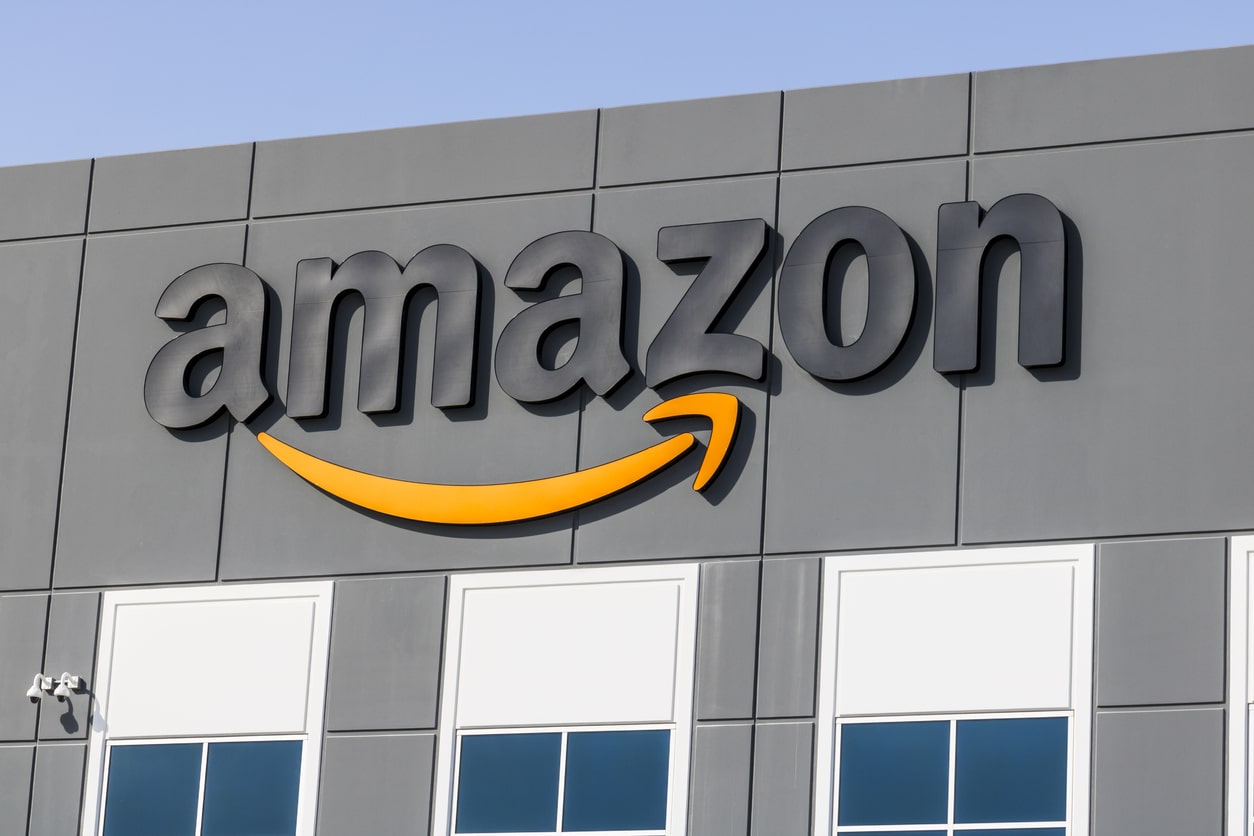Amazon Ordered to Shut Down Its “Sold By Amazon” Program After Price-Fixing Investigation

Washington Attorney General Bob Ferguson announced Thursday that Amazon has been ordered to shut down its “Sold by Amazon” program nationwide and to pony up $2.25 million to the Attorney General's Office to support its antitrust enforcement. This comes after the price-fixing investigation conducted by his office concluded that the program was in violation of antitrust laws.
“Sold by Amazon” Launched in 2019
“Sold by Amazon” (SBA) was rolled out in the middle of 2019 as an invite-only program, which was eventually made available to all eligible sellers. It allowed Amazon to control the prices of enrolled products so that the sellers don’t have to.
The program ran from 2018-2020 until being suspended by Amazon for business reasons, according to its representatives—the investigation was launched in March of 2020, and Amazon suspended the program in June of the same year.
How Amazon Gave Its Own Private Labels the Leg Up
The Attorney General stated that the “Sold by Amazon” program allowed Amazon to agree on price with third-party sellers, rather than compete with them, which constitutes unlawful price-fixing.
Under the program, Amazon incentivized sellers to not discount their products lower than a certain “floor price” (while still paying various Amazon fees), which would make them appear pricier than products under Amazon's own private label brands—online customers thus opted to buy Amazon's own branded products.
This system also resulted in prices for some products increasing when Amazon programmed its pricing algorithm to match the prices that certain external retailers offer to online consumers. When prices increased, sellers enrolled in the program saw a marked decline in sales and profits.
According to the announcement, Amazon enticed sellers into the program by guaranteeing that they would receive at least an agreed upon minimum payment for sales of their consumer goods in exchange for their agreement to stop competing with Amazon for the pricing of their products. If sales exceed the negotiated minimum payment, the surplus was split between Amazon and its competitors.
For example: If a seller and Amazon agreed to a $20 minimum payment and the item sold for $25, the seller would receive the $20 minimum price and share the $5 additional profit (minus FBA, storage, and other fees) with Amazon.
Amazon was thus maximizing its own profits regardless of whether consumers paid a higher price for sales of products enrolled in the “Sold by Amazon” program or settled for buying the same or similar product offered through Amazon.
Amazon and Antitrust Lawsuits
Amazon has been constantly accused of anticompetitive behavior, and antitrust pressure from the government only grew since the pandemic.
- In January of last year, a group of consumers filed a price-fixing lawsuit against the ecommerce giant alleging that it colluded with major publishing firms to drive up the prices of e-books sold on the platform
- Also last year, an independent study revealed that Amazon takes a third of third-party seller revenues to offset its losses in certain areas and fund its seeming monopoly.
- Just last month, Amazon was fined $1.3 billion by the Italian Competition Authority for abusing its market position and forcing third-party sellers in Europe to either opt into its proprietary Fulfillment by Amazon (FBA) program just to stay profitable.
Third-Party Sellers are the Backbone of Amazon
This shutdown of Amazon’s price-fixing scheme may be at least a small moral victory for third-party sellers, who account for over 60% of Amazon’s overall retail sales as of its 2021 Q3 earnings report. There are over 2 million active sellers on Amazon worldwide.





